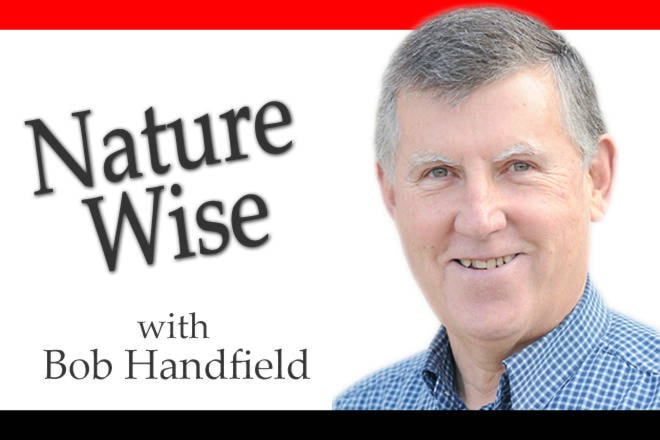In October of 2013 a tailings dam at the Obed coal mine near Hinton, Alta. failed and released about 700 million litres of wastewater and sludge (700,000 cubic metres) into two tributaries of the Athabasca River.
This was considered a significant environmental disaster with not only contamination of the two creeks immediately below the mine, but the resulting plume of wastewater seriously affected up to 40 kilometres of the Athabasca River where tests showed the water was not safe to drink, nor could it be used for livestock or pets (and, by implication, not safe for wildlife). At one point the contaminated water plume was estimated to be 100 km long.
The owner of the mine, Prairie Mines and Royalty, was charged under both the Federal Fisheries Act and the Provincial Environmental Protection and Enhancement Act. In June of this year, the company appeared in provincial court and was fined $3.5 million under the federal charges and $925,000 under the Alberta charges. In addition, the company was ordered to rehabilitate five km of the creek most impacted by the release.
Even though at the time of this tailings dam failure an Alberta government official said he was surprised that this could happen, tailings dam failures are a relatively common fact of life both in North America and around the world. Less than one year later, the tailings dam at the Mt. Polley copper-gold mine near Likely, B.C. failed. If you think 700 million litres is a big number, consider this: the Mt. Polley release was about 35 times larger than the Obed mine release — roughly 25 billion litres. That is 600 times the volume of oil released in the Exxon Valdez disaster. I’m not equating oil and mine tailings — simply trying to put the size into context. This tailings dam failure is the largest tailings dam collapse in Canadian history.
This plume of contaminated water from Mt. Polley flowed into trout and salmon-bearing waters (Hazeltine Creek, Quesnel Lake and Cariboo River). The environmental damage from this failure is predicted to “remain unknown for years or even decades.”
So given the enormous size of this contaminated release, one might expect an equally enormous response from the federal and provincial governments. One could only wish that were so. In fact, now nearly three years after the fact, not a single charge has been laid, either federally or provincially. The mine is now back in operation and the same company (Imperial Metals Corp) has opened a new mine in northern B.C. using the same type of tailings storage even though an expert panel recommended dry storage of the tailings. We can only speculate as to why two similar events (in style, not in size) resulted in such different outcomes, especially at the federal level.
At the provincial level, we can look at what was said last year by B.C.’s Auditor General Carol Bellringer, who concluded that the provincial government’s enforcement efforts were inadequate.
“The compliance and enforcement activities of both the Ministry of Energy and Mines and Ministry of Environment are not set up to protect the province from environmental risks.”
It might be worth your while to re-read that sentence. In its rush to create jobs it seems that our provincial government has thrown away any enforcement of the rules.
This disaster has cost British Columbian taxpayers just about $40 million so far according to independent economist Robyn Allen, despite the fact that B.C. allegedly has polluter-pay rules. To make matters worse, the independent engineering panel that looked at this tailings dam failure predicted that on average B.C. can expect a similar disaster about once every five years unless some fairly drastic action is taken in the near future.
The South Okanagan Naturalists’ Club’s monthly meetings will resume again on a regular basis on Sept. 28. In the meantime, we have weekly birding trips (Thursday) and occasional field trips. If you would like to come along and learn about our club you can check out the activities by going to www.southokanagannature.com.
Bob Handfield is president of the South Okanagan Naturalists’ Club but the views expressed here are his own and not necessarily those of the club.
